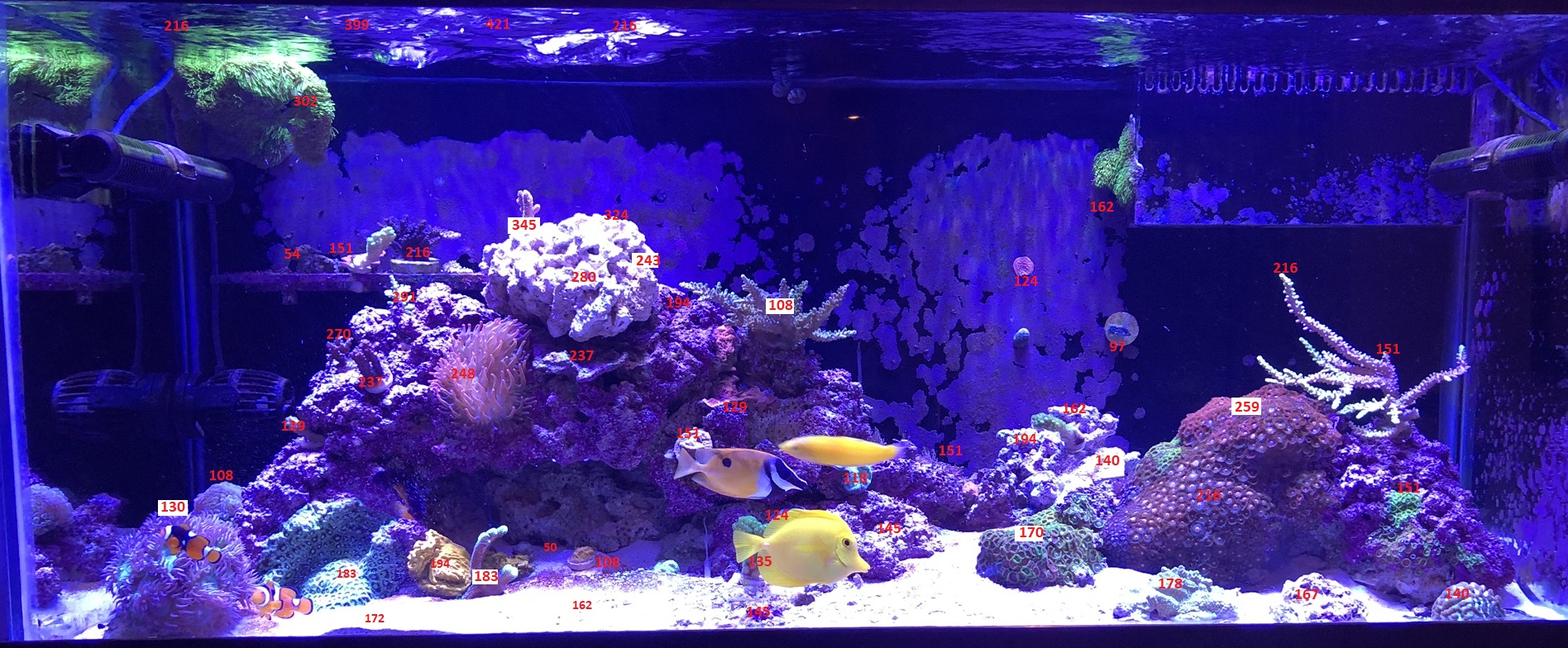It is true. PAR is not equal in the different kinds of light. There is more useful radiation in MH than in most T5 than in nearly all LED. PAR mostly measures the visible spectrum from 400 to 680nm, or so, when coral can use 350-850nm. Most LEDs are made to pop the meter in this spectrum, but recently, there have been some more efforts to add UV and IR to LEDs, which will not register on a PAR meter. ...so if you have 350 PAR with a LED then you probably captured most of the radiation that it is going to emit for a coral to use, but you can bet there is a lot more light coming from a T5 and LED since they have spectrum that the PAR meter cannot capture.
LEDs need to be kept lower because of some kind of harmful radiation either through lenses or more likely through some peaks that are too high. Like I said above, 350 is about as high as I would go on a LED for most corals, but the same corals would thrive under 3x that amount from a T5 or MH unit... it is not quantity, but quality.
Have you seen Tullio Del Aquila's MACNA talk "The Facts of Light?" It is really good and just facts. He really goes into efficiency (there is none) and how spectrum really matters, including what we cannot see. It is really good, IMO:
LEDs need to be kept lower because of some kind of harmful radiation either through lenses or more likely through some peaks that are too high. Like I said above, 350 is about as high as I would go on a LED for most corals, but the same corals would thrive under 3x that amount from a T5 or MH unit... it is not quantity, but quality.
Have you seen Tullio Del Aquila's MACNA talk "The Facts of Light?" It is really good and just facts. He really goes into efficiency (there is none) and how spectrum really matters, including what we cannot see. It is really good, IMO:














